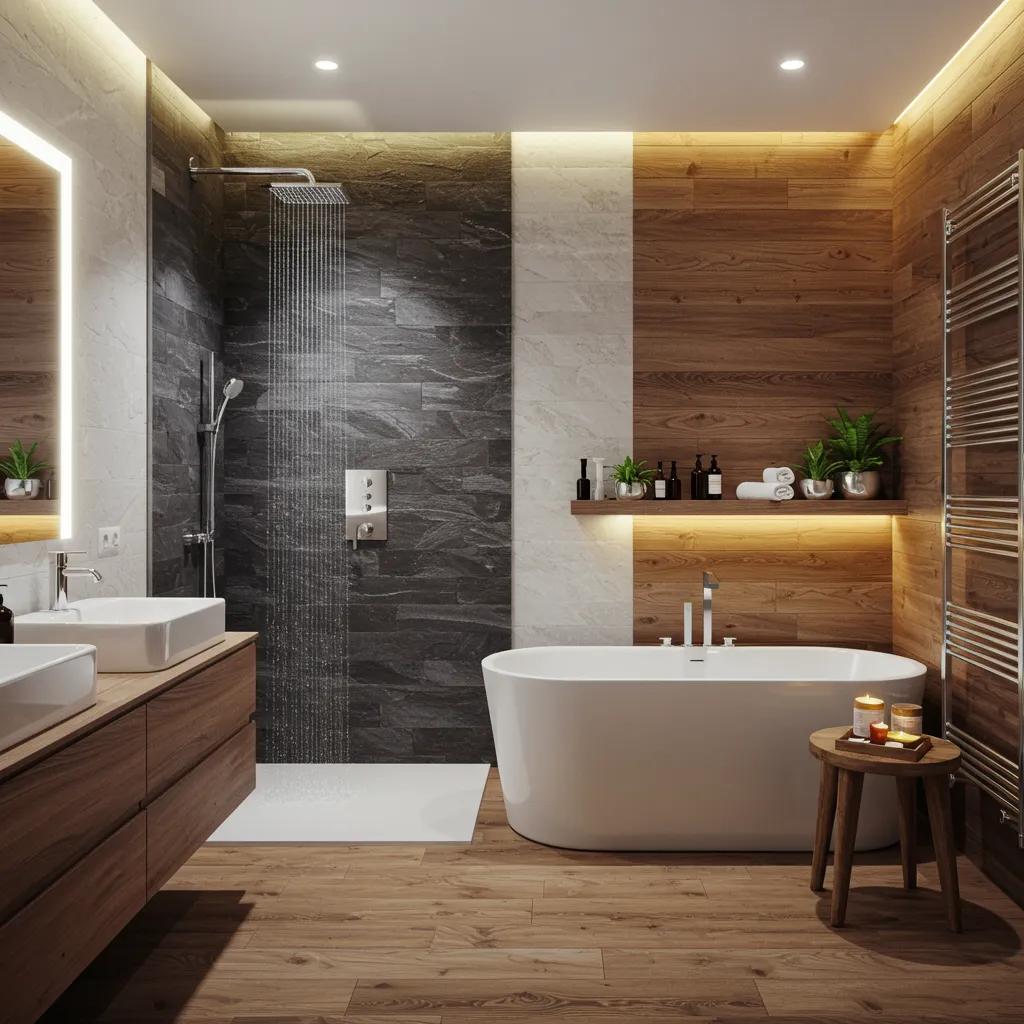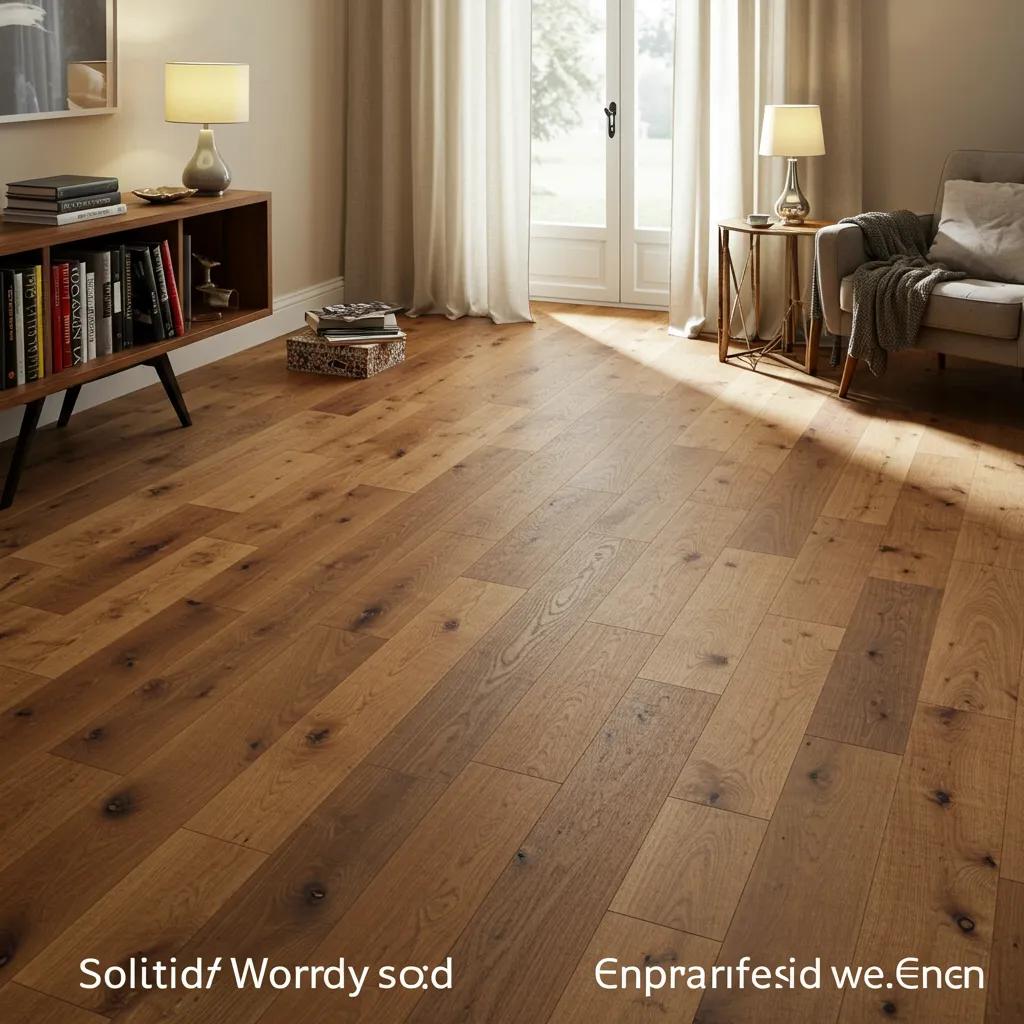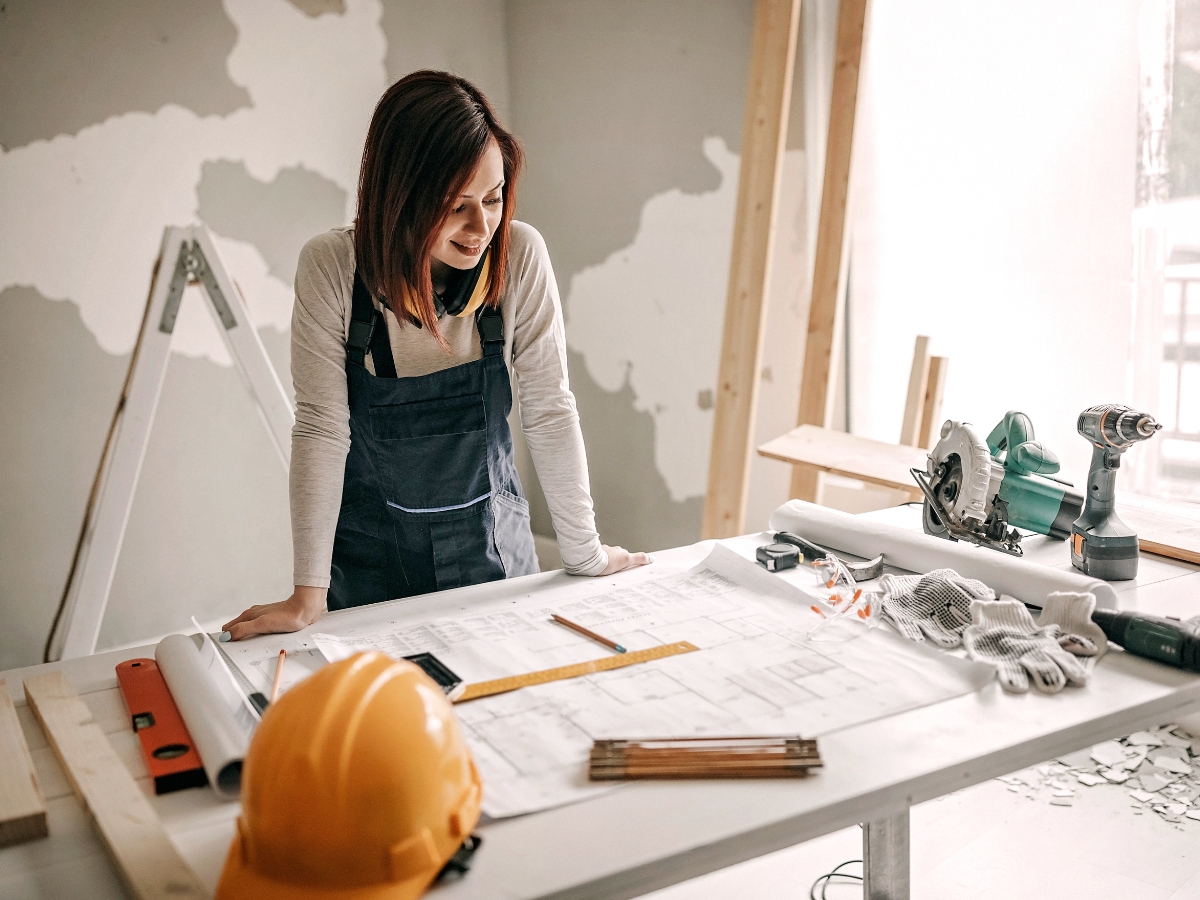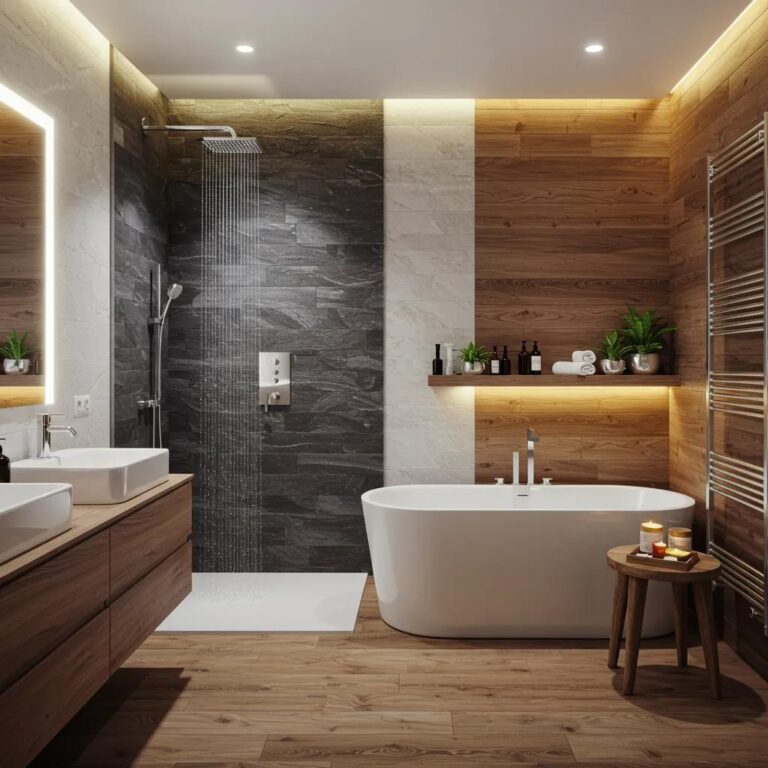Tile flooring has long been a favorite among Atlanta homeowners—and for good reason. With its durability, versatility, and resistance to the region’s humidity and temperature swings, tile is a smart, long-lasting option for nearly any room in the house. Whether you’re upgrading your kitchen, bathroom, or entryway, tile offers a stylish and low-maintenance solution that complements a wide range of interior design aesthetics. In this article, we’ll explore the key benefits of tile flooring installation and why it continues to be a popular choice for homes throughout Atlanta.
Why Atlanta Homeowners Are Turning to Tile Flooring Installation
What Are the Key Benefits of Tile Flooring for Atlanta Homes?
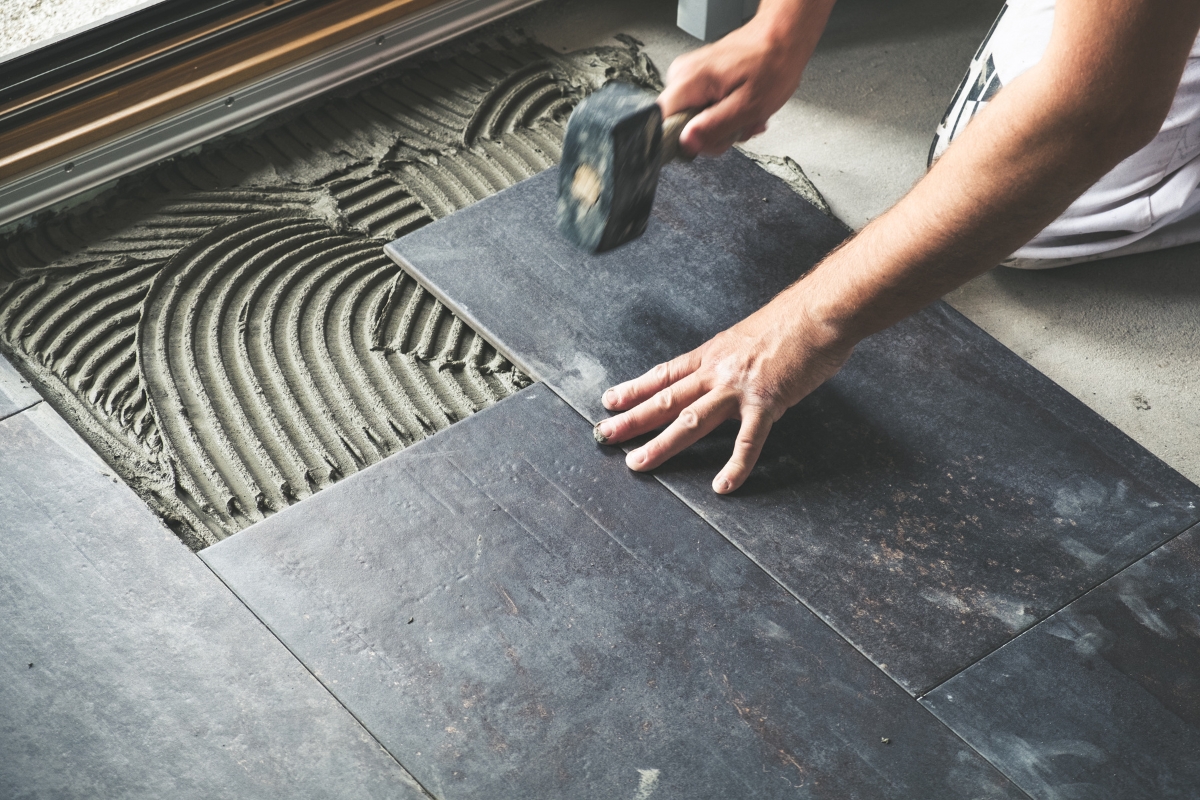
Tile flooring stands out as a top choice for Atlanta homeowners thanks to its strength, moisture resistance, and design flexibility. Whether you’re updating a kitchen, entryway, or living area, tile delivers long-term value by combining performance with style. From classic ceramic to luxurious natural stone, a tiled floor can endure daily use while enhancing your home’s overall comfort and appeal.
- Exceptional Durability: Tile is built to last. High-quality porcelain and ceramic tiles resist scratches, dents, and fading, even in rooms with heavy foot traffic or active families. Unlike softer flooring options that show wear over time, tile holds up to everyday impacts—from dropped dishes to moving furniture—with minimal signs of damage. This resilience helps homeowners avoid frequent repairs or replacements, saving time and money over the life of the floor.
- Moisture and Humidity Resistance: Atlanta’s humid summers and occasional storms can put pressure on flooring materials that absorb water. Tiles sealed with a durable glaze form an impermeable surface that keeps moisture at bay. This resistance reduces the risk of warping or mold growth, making tile an ideal solution for kitchens, bathrooms, mudrooms, and basements. When spills occur, water beads on the surface and can be wiped away immediately without seeping into the substrate beneath.
- Design Flexibility: One of tile’s greatest assets is its wide range of colors, shapes, and textures. Homeowners can choose from sleek rectangular planks that mimic hardwood to intricate mosaic patterns that become room focal points. Natural stone tiles—such as slate, travertine, and marble—introduce unique veining and color variation, while porcelain tiles offer photo-realistic wood or concrete looks at a lower cost. Grout color, tile size, and installation patterns (like herringbone or diagonal layouts) allow endless customization to suit traditional or contemporary décor.
- Thermal Mass and Energy Efficiency: Tile’s natural thermal mass helps regulate indoor temperatures by absorbing heat during the day and releasing it at night. In Atlanta’s hot climate, a tiled floor can feel pleasantly cool underfoot and reduce reliance on air conditioning. During cooler months, pairing tile with radiant-floor heating provides even warmth from the ground up. This combination of thermal properties can contribute to lower energy bills and a more comfortable home environment year-round.
- Low Maintenance and Easy Cleaning: Keeping tile floors looking new requires little more than sweeping, vacuuming, or damp mopping with a mild cleaner. The hard, smooth surface does not trap dust, pet hair, or allergens, making tile a healthier choice for households with allergy sufferers. Periodic resealing of natural stone and grout lines helps maintain stain resistance, but unlike wood or carpet, tile never needs sanding, refinishing, or shampooing.
- Long-Term Value and Resale Appeal: Because tile endures so well, it adds lasting value to a home. Prospective buyers appreciate flooring that looks fresh and performs reliably without hidden repairs. Well-installed tile can boost resale potential by signaling quality craftsmanship and attention to maintenance. Its versatility means it can complement a wide range of interior styles, from classic Southern charm to ultra-modern loft living.
How Does Tile Flooring Enhance Durability and Longevity?
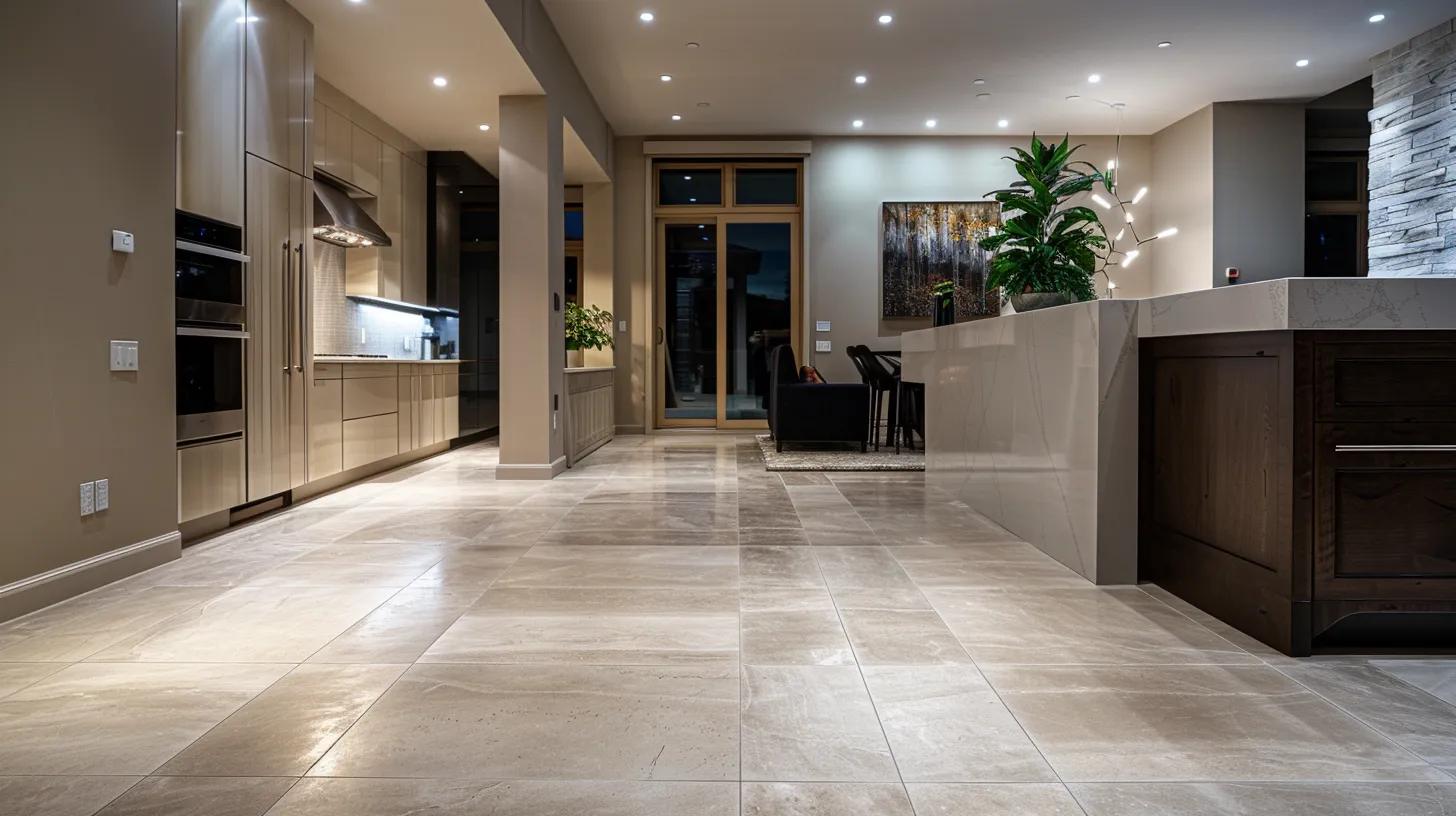
Tile flooring stands out in home renovations for its ability to withstand daily wear without losing its appearance. Made from hard materials like porcelain, ceramic, or natural stone, tiles form a sturdy surface that resists scratches, scuffs, and stains. When laid over a properly prepared subfloor and set with quality mortar, tile installations can remain intact for decades. Homeowners find that investing in tile pays off over the long term, since these floors rarely need replacement or major repairs.
- Resistance to Moisture and Stains: One of tile’s greatest strengths is its resistance to water. Glazed surfaces repel spills and splashes, making tile especially well suited for kitchens, bathrooms, and laundry areas. Even in regions with high humidity or frequent rain, tile will not warp or swell as wood floors might. Because water cannot penetrate the surface, subfloor damage and mold growth are unlikely. Grout lines, when properly sealed, add an extra layer of protection and can be re-sealed periodically to maintain a waterproof barrier.
- Stable Performance Under Temperature Changes: Tiles exhibit very low thermal expansion, which means they barely change size when temperatures shift. This stability reduces the risk of cracks or loosening that can occur with materials that expand and contract significantly. In homes with radiant-floor heating, tile absorbs and holds warmth, delivering comfortable foot temperatures without compromising the integrity of the installation. The result is a floor that remains level and intact, even under seasonal extremes.
- Easy Repair and Replacement: Unlike continuous surfaces such as vinyl or wood planks, tiles can be replaced one at a time if they become chipped or cracked. A homeowner or installer can lift the damaged tile, clean the area, and set a new tile without disturbing the surrounding field. This targeted repair approach keeps maintenance costs low and avoids the need to redo an entire room. By carrying a few spare tiles from the original project, homeowners ensure exact color and texture matches when the time comes for spot repairs.
- Advanced Glazes and Sealants: Modern tile manufacturing techniques have introduced tougher glazes that reinforce the surface against abrasion and discoloration. High-temperature firing produces tiles with very dense bodies that repel stains and resist worn spots. Porcelain tiles, in particular, are made from finer clays fired at higher temperatures, creating a nearly impermeable material. Natural stone tiles often receive penetrating sealers that fill microscopic pores, reducing water absorption and shielding against oil-based stains. These treatments preserve the tile’s finish, even under heavy foot traffic.
- Low Maintenance and Lifespan: Routine care for tile flooring is straightforward. Sweeping or vacuuming to remove grit prevents surface scratching. Damp mopping with a mild cleaner keeps tiles and grout looking fresh without wearing down the glaze. Unlike floors that require buffing, refinishing, or waxing, tile retains its shine with minimal effort. Well-maintained tile installations can last 50 years or more, outlasting many other flooring types. This longevity makes tile a cost-effective choice for homeowners seeking durable surfaces.
- Environmental and Resale Value: Long-lasting tiles reduce the need for replacements, cutting material waste over a home’s life. Many tiles are made from natural or recycled materials and can be recycled again at the end of their service life. From an investment standpoint, tile flooring appeals to prospective buyers who appreciate floors that look new and require little upkeep. Properties with high-quality tile installations often command higher resale prices, reflecting the added value of a durable, low-maintenance surface.
Why Is Tile Flooring Ideal for Atlanta’s Climate and Building Codes?
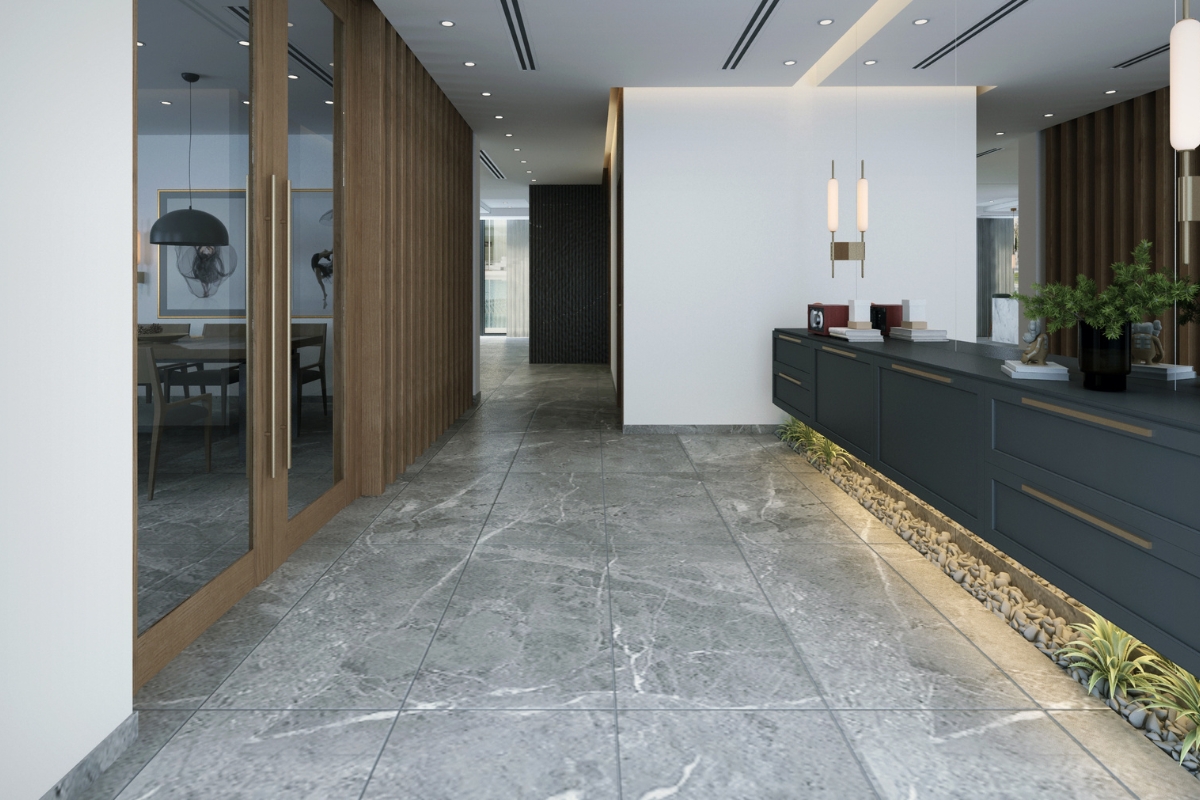
Tile flooring offers practical benefits for Atlanta homeowners facing hot, humid summers and occasional cold snaps. Unlike wood or laminate, tile does not absorb moisture. Its cool surface stays comfortable underfoot even on sweltering days and sheds water without swelling or warping. In areas prone to sudden storms or high humidity, this resistance helps prevent mold growth and protects the subfloor from moisture damage. During milder winters, tile maintains a stable temperature and works seamlessly with radiant-floor heating systems, providing consistent warmth without compromising the material’s integrity.
Atlanta’s building codes emphasize safety, efficiency, and indoor air quality—areas where tile excels. As a non-combustible material, tile contributes to a fire-safe environment, particularly around cooking and heating appliances. Its thermal mass absorbs heat during the day and releases it slowly at night, reducing reliance on air conditioning and heating. This passive temperature regulation helps homes meet or exceed local energy-efficiency standards.
Indoor air quality plays a critical role in modern building guidelines. Floors that trap dust, pollen, and allergens can aggravate respiratory issues and require frequent cleaning. Tile’s hard, smooth surface resists particles and is easy to sweep or mop, helping maintain a healthier living space. It does not off-gas volatile organic compounds, and when grout lines are properly sealed, tile prevents mold and mildew that can affect air quality and indoor comfort.
Sustainability goals and green building certifications also influence tile’s popularity. Many manufacturers use recycled materials in their products, and production methods have become more energy-efficient over time. Cru-eling, a tile made from recycled glass or porcelain, repurposes waste and reduces landfill impact. Locally sourced clay and stone minimize transportation emissions, supporting regional suppliers and lowering the overall carbon footprint of a renovation.
Beyond performance, tile’s long lifespan adds value for homeowners and builders. Properly installed tile can last for decades with minimal upkeep, aligning with code requirements for durable, low-maintenance materials. Its resistance to scratches and stains makes it suitable for high-traffic areas such as kitchens, entryways, and living rooms. If a tile does crack, individual pieces can be replaced without disturbing the entire floor.
What Design and Style Options Are Available With Tile Flooring?
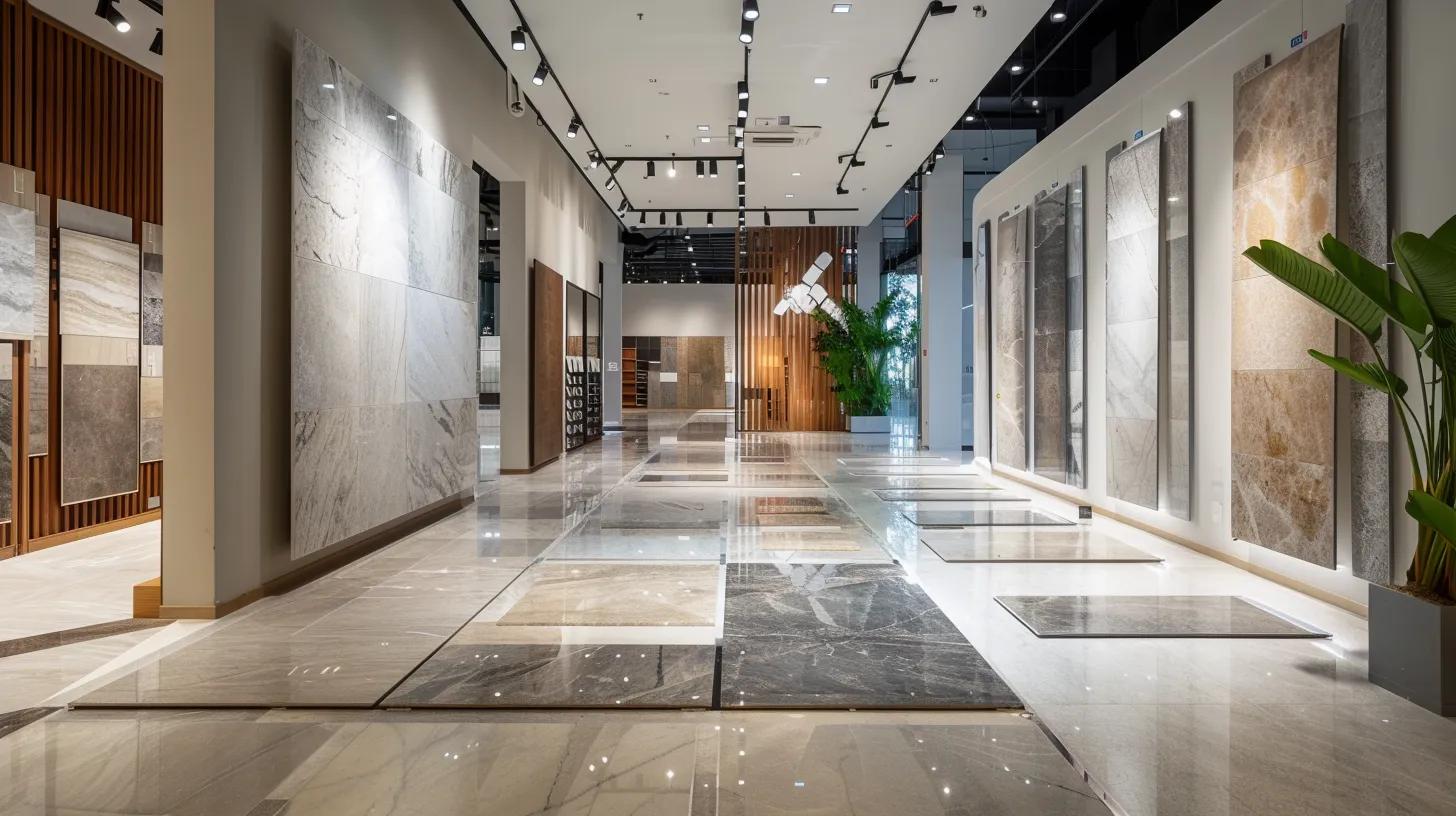
Tile flooring brings endless possibilities to any room, blending durability with visual appeal. Ceramic tiles come in a vast spectrum of colors and patterns, making them perfect for bold mosaics or subtle geometric layouts. Their smooth, hard surface repels moisture and stains, so even intricate designs stay crisp through years of use. Porcelain tiles offer similar versatility with the added benefit of higher density and lower water absorption. Advances in printing technology allow porcelain to mimic luxury materials like marble, granite, or concrete, giving homeowners a high-end look without the maintenance demands of natural stone.
Natural stone tiles introduce organic texture and variation. Travertine’s warm, earthy tones create a Mediterranean feel, while slate’s layered finish adds depth and contrast. Limestone offers a softer, honed appearance that works well in both traditional and contemporary settings. Because each slab is cut from different sections of quarry walls, no two tiles are exactly alike—a quality that lends authenticity to any design. Sealing stone tiles preserves their natural beauty and protects against spills, ensuring these durable surfaces stand up under daily wear.
Size and shape play a key role in the overall effect of tile flooring. Large-format tiles, which can measure up to two feet on a side, reduce grout lines and create a seamless, open look ideal for smaller rooms or modern minimalist interiors. In contrast, small mosaic tiles—often sold on mesh-backed sheets—allow for highly detailed patterns and color transitions. These are especially striking as backsplashes, shower floors, or accent borders. Plank-shaped tiles blend the grain of wood with the hardness of porcelain, offering an attractive alternative to hardwood in moisture-prone areas like kitchens and bathrooms.
Finishes range from glossy to matte and textured. A high-gloss glaze reflects light and makes a room feel brighter, though it can show scratches more easily. Matte finishes offer a softer, more understated elegance and hide everyday wear. Some tiles include a textured surface or “cleft” edge that provides extra slip resistance, making them well suited for entryways and outdoor patios. Wood-look and concrete-look tiles combine realistic embossing with durable glazes, letting homeowners achieve the warmth of timber or the industrial edge of urban lofts without sacrificing longevity.
Installation patterns add the final layer of personalization. A classic straight lay provides a clean, orderly appearance, while staggered brick patterns lend a casual, handcrafted vibe. More intricate layouts—such as herringbone, basketweave, or pinwheel—introduce visual interest and can make a small space feel larger. Border treatments and insets allow for dramatic transitions between rooms or focal points within an open floor plan. By mixing tile types, materials, sizes, finishes, and installation methods, homeowners can design a floor that reflects their style, enhances their décor, and stands up to everyday life for decades.
Which Tile Types Are Best Suited for Atlanta Home Flooring?
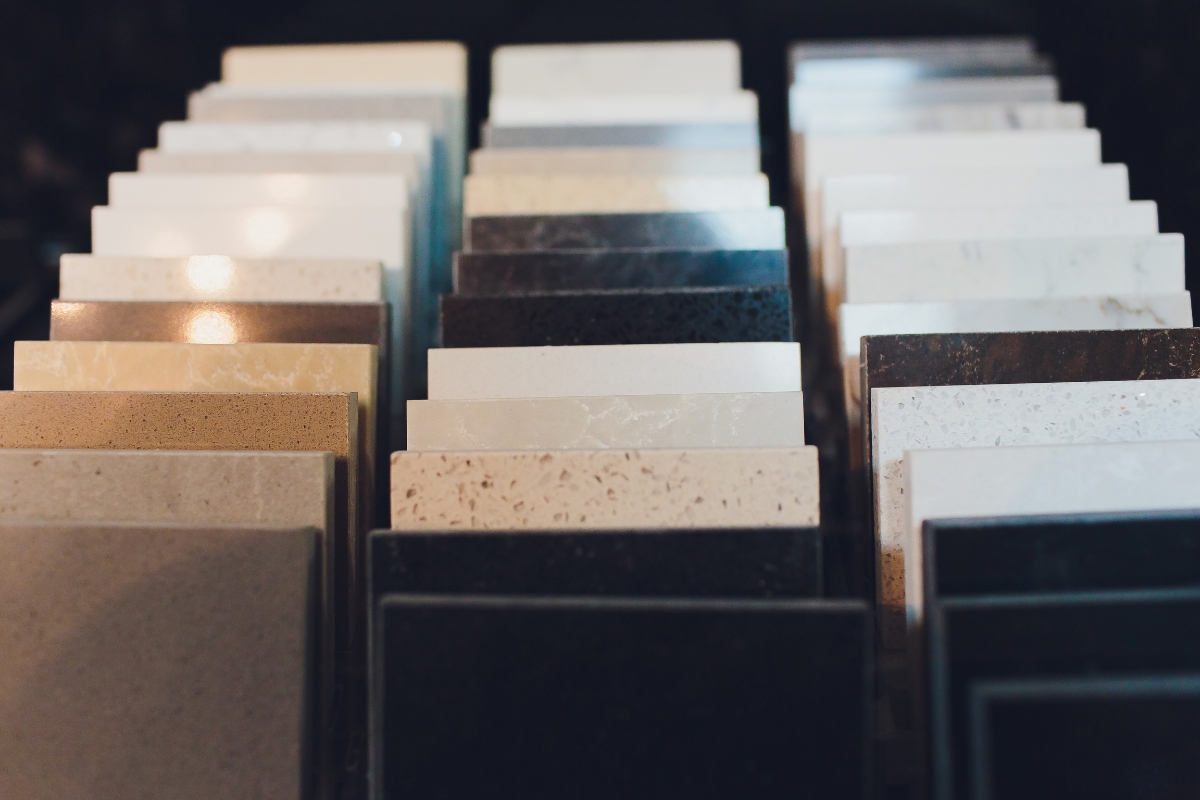
Choosing the right tile material can transform both the look and performance of your floors. In Atlanta’s humid climate and ever-changing temperatures, ceramic, porcelain, and natural stone stand out for their durability, moisture resistance, and design versatility. Each type offers distinct advantages that suit different rooms and styles, helping homeowners balance budget, maintenance needs, and aesthetic goals.
Ceramic Tiles for Everyday Living
Ceramic tiles are made from clay and natural minerals, then kiln-fired at moderate temperatures. Their manufacturing process makes them more affordable than other tile types, yet still strong enough for kitchens, bathrooms, and entryways. Ceramic’s glaze layer repels moisture and stains, while offering endless color and pattern options. Whether you prefer solid hues, decorative prints, or a vintage encaustic look, ceramic tiles give you freedom to customize without pushing your budget. These tiles perform best indoors on a flat, well-prepared subfloor and hold up well under normal household traffic.
Porcelain Tiles for High-Moisture Areas
Porcelain starts with a finer clay blend and fires at higher temperatures, creating a denser, less porous material than ceramic. This tight composition makes porcelain an excellent choice for areas that see water, such as showers, laundry rooms, and exterior patios. Porcelain’s low water absorption rate means it resists frost damage and won’t warp or crack when exposed to humidity. Advances in printing and glazing have also allowed porcelain to mimic luxury materials—think marble, granite, or even wood—while delivering superior strength and easy upkeep. It stands up to heavy foot traffic and frequent cleaning without losing its finish.
Natural Stone Tiles for Timeless Character
Natural stone tiles—such as slate, travertine, limestone, and granite—bring unique veining and textures into the home. Each slab carries the distinct patterns created over millennia, adding an organic, one-of-a-kind look that synthetic alternatives can’t match. Stone requires more maintenance: periodic sealing prevents stains, and gentle, pH-neutral cleaners preserve the surface without etching. In return, these floors age gracefully and develop a patina that underscores their authenticity. Stone works beautifully in living areas, foyers, and outdoor kitchens where natural variation enhances curb appeal.
Maintenance and Durability Across Tile Types
Proper installation is the foundation of tile longevity. A level subfloor, quality mortar, and grout suitable for the tile type prevent cracks and loosening over time. Ceramic may need occasional grout sealing in moisture-prone rooms, while porcelain typically remains maintenance-free.
Stone demands the most care, including regular resealing and careful cleaning to avoid acidic damage. All tile surfaces benefit from simple routines: sweeping or vacuuming loose dirt, and mopping with a mild cleaner to remove spills before they stain. With correct installation and upkeep, tile floors can last 20 years or more.
Design Styles to Complement Atlanta Interiors
Tile size, shape, and finish play a crucial role in defining a room’s atmosphere. Large-format tiles minimize grout lines and suit modern, open layouts. Traditional homes often feature smaller squares or subway tiles arranged in classic patterns. Herringbone and chevron layouts add movement and depth, while mosaic insets create eye-catching accents in showers or backsplashes.
Matte finishes offer a contemporary, understated look and help hide scratches, whereas gloss tiles brighten spaces by reflecting light. Wood-look porcelain planks combine the warmth of timber with tile’s resilience, making them ideal for family rooms and bedrooms. By mixing tile types, finishes, and installation patterns, Atlanta homeowners can achieve floors that look tailored to their taste and stand up to daily life.
How Professional Tile Flooring Installation Works in Atlanta
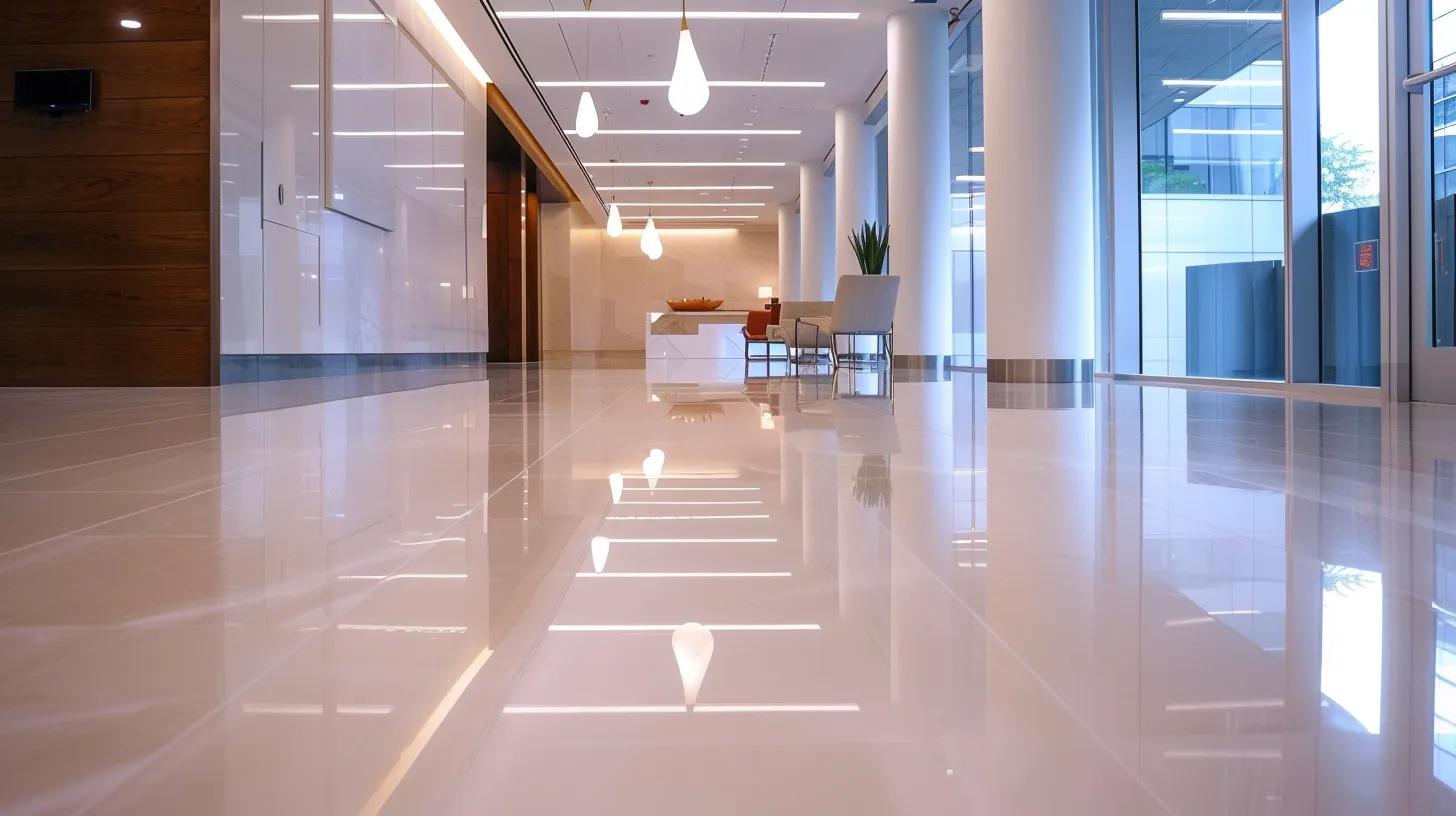
A successful tile installation begins with a thorough site assessment. Professionals arrive to evaluate the subfloor’s condition, check moisture levels, and identify any necessary repairs. This initial inspection determines whether the existing surface is stable or if steps like leveling or a moisture barrier are required. Accurate measurements of the room’s dimensions follow, ensuring the tile layout aligns with architectural features and maximizes visual balance.
Planning and Preparation
Once the assessment is complete, installers develop a detailed plan that considers tile size, pattern, and placement. Tools such as chalk lines or laser levels mark reference points on the floor, guiding even rows and reducing material waste. Preparing the work area involves removing baseboards or trim and protecting adjacent surfaces from dust and debris. With precise planning in place, installers select quality adhesives and grouts suited to the tile material and expected foot traffic. The right products help maintain adhesion and resist staining, key factors in Atlanta’s humid climate.
Laying the Tiles
Applying adhesive uniformly across the subfloor ensures each tile has full contact with the surface. Using a notched trowel, installers spread mortar in manageable sections to prevent premature drying. Tiles are then pressed into place with consistent pressure, and spacers maintain even gaps for grout lines. Cut tiles required at walls, corners, or around obstacles are measured and trimmed using wet saws or scoring tools. This careful fitting around edges prevents uneven transitions and maintains the room’s visual flow.
Grouting and Sealing
After allowing the adhesive to set, installers remove spacers and mix grout to the manufacturer’s specifications. Grout is worked into the joints using rubber floats, ensuring every seam is filled. Excess grout is wiped away with a damp sponge, and once dry, fine residues are buffed off with a soft cloth. In areas exposed to moisture, a sealing product may be applied to grout lines and porous tile surfaces. This sealant enhances water resistance and simplifies future cleaning, making it a vital step in wet rooms and high-traffic zones.
Curing and Final Inspection
Proper curing time is essential before foot traffic resumes. Depending on the adhesive and grout types, this can range from 24 to 72 hours. During this period, the floor must remain undisturbed to allow full bonding. A final inspection checks for level surfaces, uniform grout lines, and any imperfections that need touch-up. Installers also remove protective coverings and reinstall baseboards, leaving a clean, finished appearance.
Why Choose Local Experts
Local professionals bring deep knowledge of Atlanta’s building codes, climate considerations, and regional supply options. Their experience helps avoid common pitfalls such as adhesive failure in humid conditions or incorrect underlayment choices. They provide transparent timelines, reliable communication, and warranties on both labor and materials. Working with a nearby installer also means quicker response times for any follow-up adjustments or maintenance questions, offering homeowners peace of mind long after the project wraps up.
Techniques for Long-Lasting Results
Key installation techniques include meticulous subfloor preparation to ensure a stable base, precise layout planning with laser-guided alignment, and consistent tile spacing for even grout lines. Using back-buttering—applying adhesive to the tile’s back as well as the floor—strengthens adhesion, especially for large-format tiles. Finally, applying high-quality sealants to grout and tile surfaces protects against moisture and wear. Combining these methods delivers a durable, attractive tile floor that stands up to Atlanta’s climate and daily use.
How Much Does Tile Flooring Installation Cost in Atlanta?
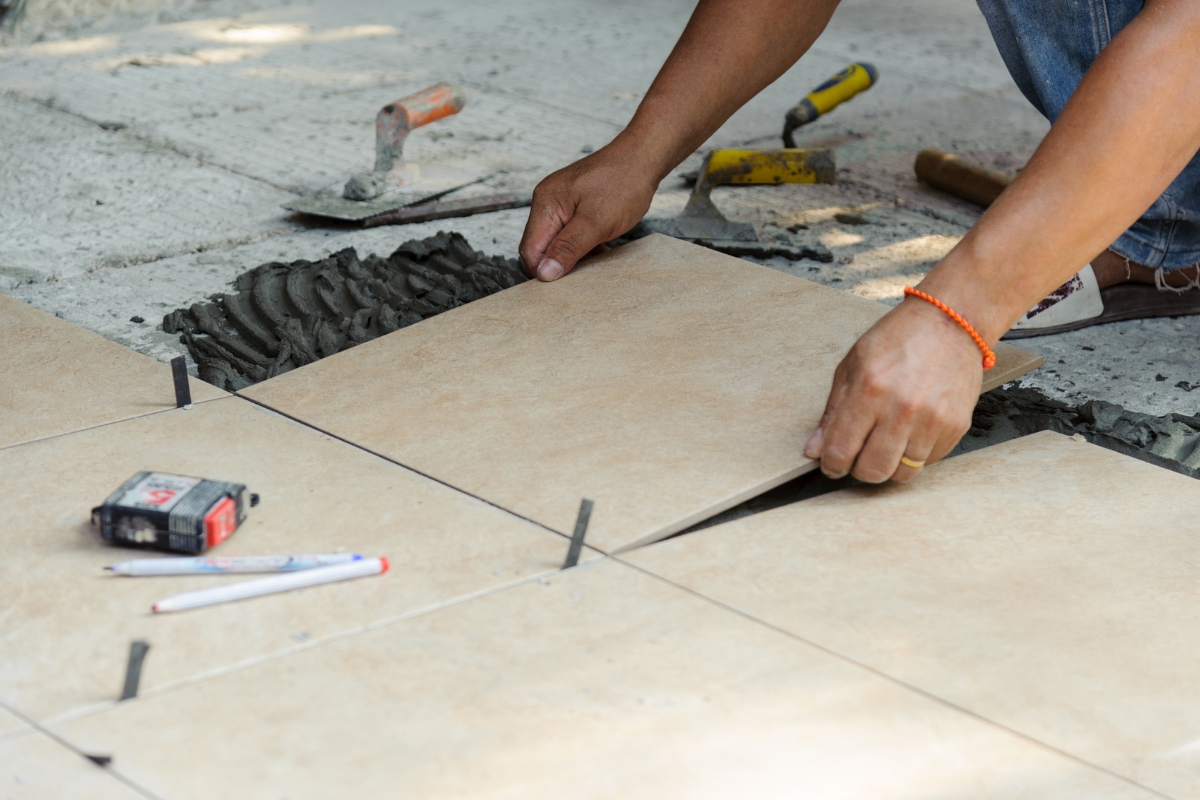
The cost of installing tile flooring in Atlanta depends on several variables, including the type of tile you choose, the complexity of the layout, and the condition of your existing subfloor. Homeowners often find that investing in higher-grade materials and skilled installation yields long-term savings by reducing the need for repairs and enhancing property value. Before beginning a project, it helps to understand how each element contributes to the overall price.
Which Tile Materials Affect Your Budget?
The material you select has a direct impact on cost. Ceramic tiles tend to be the most affordable option, with basic styles available at low per-square-foot prices. Porcelain tiles, which are denser and more moisture-resistant, carry a midrange price tag that still offers good value given their durability. Natural stone options such as marble, slate, or travertine come at a premium due to quarrying, finishing, and sealing requirements. Textured or custom-milled tiles, including handmade ceramics or large-format porcelain, can further raise material expenses.
How Does Subfloor Preparation Influence Pricing?
A stable, level subfloor is essential for a long-lasting tile installation. If the existing flooring is even and in good repair, installers can begin laying tile immediately, keeping costs lower. However, uneven spots, cracks, or moisture issues often require repair or the application of a self-leveling compound. In cases where a moisture barrier or backer board is needed, material and labor costs increase accordingly. Atlanta’s older homes may need more extensive preparation to meet current building standards, adding to the upfront expense but preventing future problems.
What Role Does Design Complexity Play?
The pattern and layout you choose also affect the final price. A straightforward grid installation requires fewer cuts and less time than intricate patterns like herringbone or basketweave. Borders, insets, and mosaics introduce additional cutting, layout planning, and grout work. Angled or diagonal layouts demand precise measurements and more material waste, further increasing labor hours. Allowing for extra time and tiles to accommodate these details ensures the finished look aligns with your design vision but typically carries a higher installation rate.
What Are Typical Cost Ranges in Atlanta?
On average, homeowners in Atlanta can expect to pay between fifteen and thirty dollars per square foot for a midrange tile installation. This estimate includes both materials and labor. Ceramic installations often start around fifteen dollars per square foot, while standard porcelain projects fall between twenty and twenty-five dollars.
High-end stone or custom-patterned work can reach thirty to forty dollars per square foot or more. These figures cover removal of old flooring, subfloor repairs, tile setting, grouting, and sealing where required. Always request detailed, itemized estimates to understand exactly what each contractor includes in their quote.
How Does Quality Installation Deliver Long-Term Value?
Choosing experienced installers may come with a higher initial price, but it pays off over time. Properly installed tiles resist cracking, shifting, and water damage, which reduces the need for costly repairs. High-quality grout and sealants prevent staining and moisture intrusion, protecting both the tile and the subfloor beneath. Warranties on workmanship and materials add an extra layer of security, ensuring any issues are addressed without added expense. When buyers compare homes, well-maintained tile floors often stand out, reflecting careful attention to detail and enhancing market appeal.
What Maintenance Is Required to Keep Tile Flooring Looking Great?
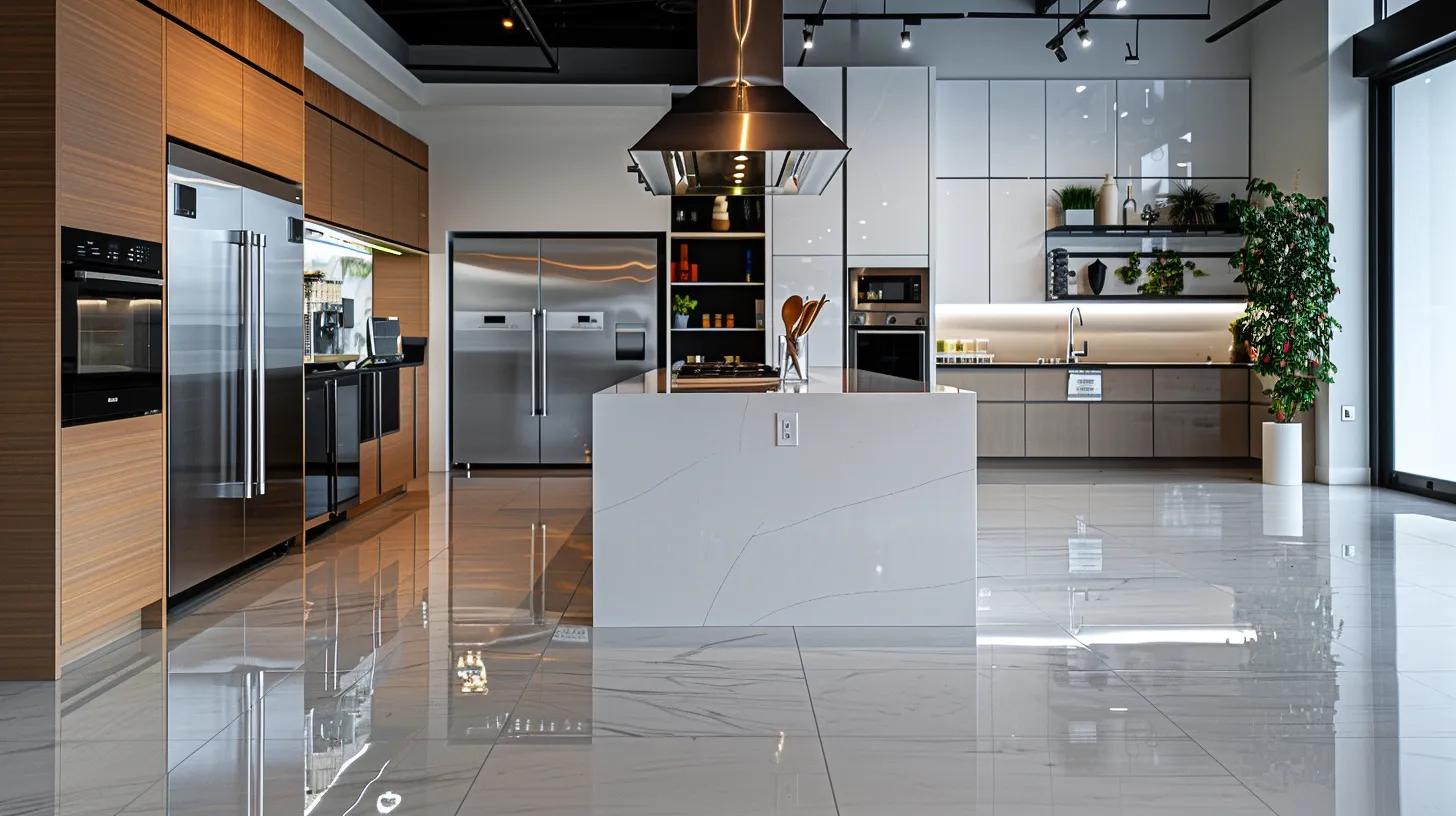
Proper maintenance ensures tile floors stay attractive and functional for years. Daily or weekly sweeping and vacuuming remove loose dirt and grit that can scratch the surface. A damp mop with a pH-neutral cleaner prevents dirt buildup without damaging the glaze or grout. Spills should be wiped up promptly to avoid staining, especially on natural stone. Over time, grout lines collect soil and may darken; periodic grout cleaning with a brush and mild cleaner restores their original color. Addressing small problems—like a loose tile or crumbling grout—as soon as they appear prevents more extensive repairs later.
How Do You Clean and Maintain Different Tile Types?
Ceramic and porcelain tiles are the easiest to care for. Their glazed surfaces resist water and stains, so routine dusting and mopping with a mild detergent usually suffice. If grout lines begin to look dull, a targeted grout cleaner or a mixture of baking soda and water can lift embedded grime. In moisture-prone areas such as kitchens and baths, resealing grout every year or two keeps water from seeping beneath the surface.
Natural stone tiles require a bit more attention. Because they are porous, they need a pH-neutral stone cleaner that won’t etch the surface. Applying a penetrating sealer once or twice a year fills microscopic pores and guards against oil and water stains. After sealing, buff away any haze with a soft cloth to bring out the stone’s natural luster.
What Are Common Tile Flooring Issues and How Are They Fixed?
Even well-installed tile can encounter occasional issues. A chipped or cracked tile not only looks unsightly but can also trap dirt. In most cases, individual tiles can be removed and replaced without disturbing the surrounding field. The damaged grout around the tile is scraped out and new grout is applied, matching the original color.
Grout that has begun to crumble or separate from joints can be raked out and re-grouted to restore a uniform appearance and water resistance. Uneven edges between tiles, known as lippage, often indicate subfloor movement or uneven installation. While minor lippage can sometimes be smoothed by adjusting the grout, significant height differences require professional intervention to reset the tiles and correct the subfloor.
When Should Atlanta Homeowners Schedule Professional Tile Maintenance?
Homeowners benefit from a professional inspection every two to three years. Experts can perform a deep clean of grout lines, steam out stubborn stains, and apply sealers more evenly than typical homeowner methods. After events that put extra stress on floors—such as large gatherings, furniture moves, or nearby remodeling—an inspection helps identify hairline cracks or weakened grout before more serious damage occurs.
In areas with heavy usage or where moisture is constant, annual professional maintenance keeps tile and grout in peak condition. Taking a proactive approach to tile care not only preserves the floor’s beauty but also extends its lifespan, saving time and money on costly future repairs.
Why Is Tile Flooring Installation a Smart Investment for Atlanta Homes?
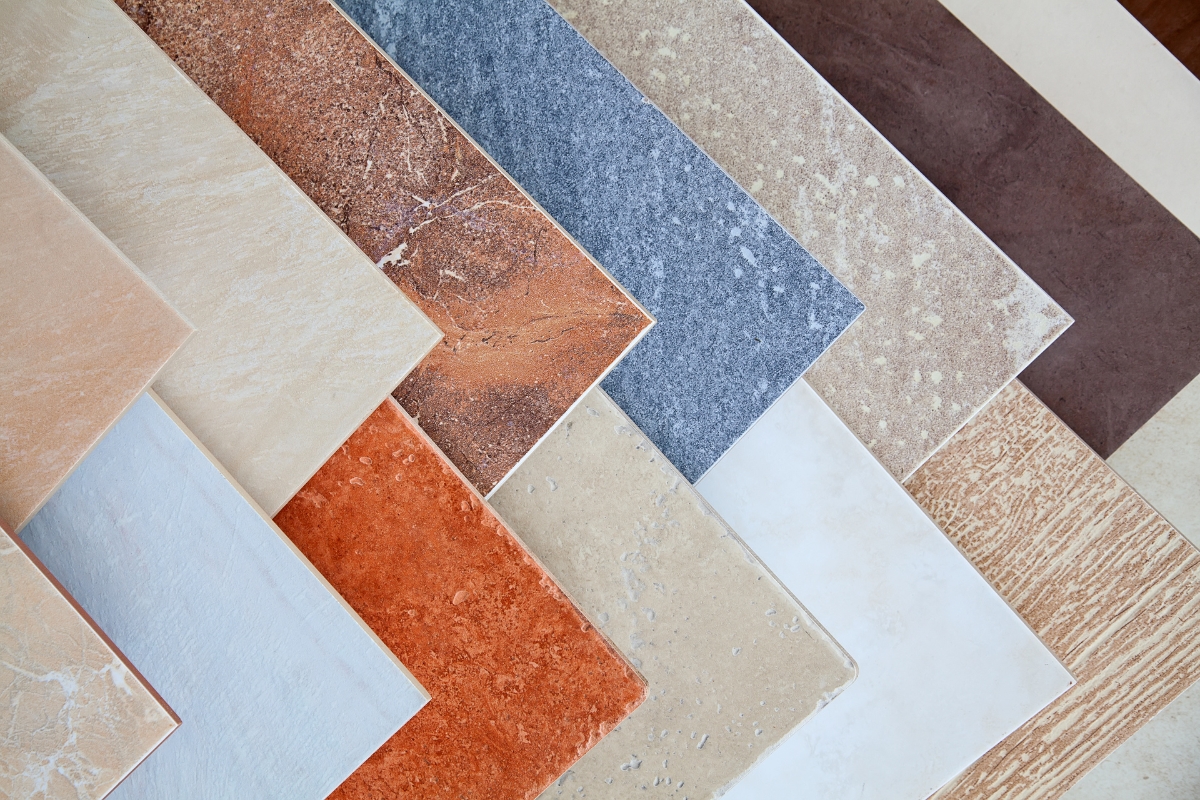
Tile flooring is a smart investment due to its durability, ease of maintenance, and timeless design, all of which add significant value to a home. Its long lifespan and low upkeep reduce long-term replacement costs, making it attractive in the competitive Atlanta real estate market.
Aesthetically, tile flooring enhances home appeal with a modern, clean look that can easily complement any interior style. Energy efficiency is an added benefit, as the thermal mass of tiles helps regulate indoor temperatures and lower energy bills. Moreover, buyers appreciate the premium look and practical benefits, which can lead to higher resale values.
How Does Tile Flooring Increase Home Value and Appeal?
Well-installed tile immediately elevates a home’s look and feel. Its sleek, clean surface pairs well with both contemporary décor and classic interiors, giving buyers confidence that the space has been thoughtfully maintained. Because tile resists scratches, stains, and fading, it retains its fresh appearance through busy family life or entertaining. Homes featuring tile in high-traffic areas—such as kitchens, foyers, and bathrooms—often receive stronger offers and shorter times on the market. Buyers recognize the value of resilient surfaces that look new without constant upkeep, making tile a compelling selling point.
What Energy Efficiency or Environmental Benefits Does Tile Offer?
Tile’s natural thermal mass makes it an energy-saving asset in Atlanta’s climate. By absorbing heat during the day and releasing it at night, tiled floors help moderate indoor temperatures and reduce reliance on heating and cooling systems. This passive temperature regulation can lead to noticeable savings on energy bills, especially in a region known for hot summers and cool winters. Many tile manufacturers also use recycled or sustainably sourced materials, cutting down on environmental impact. Because tile does not trap allergens or host mold and mildew, it contributes to better indoor air quality. Together, these factors position tile as both an eco-friendly and cost-effective flooring solution.
How Do Resident Experiences Reflect Tile Flooring Satisfaction in Atlanta?
Local homeowners consistently praise tile for its combination of strength and style. Families appreciate the way spills and pet traffic clean up with a quick sweep and mop, while allergy sufferers note a reduction in dust and pollen at floor level. Several residents report that tiled rooms feel cooler underfoot during summer months, and those with radiant-floor heating enjoy evenly distributed warmth in cooler seasons.
Testimonials highlight not only the durability of the material but also the value of professional installation—properly leveled subfloors, correct grout application, and precise sealing all contribute to a flawless finish. This attention to detail ensures that tile floors continue to perform and impress long after installation.
How Can Atlanta Homeowners Get Started With Tile Flooring Installation?
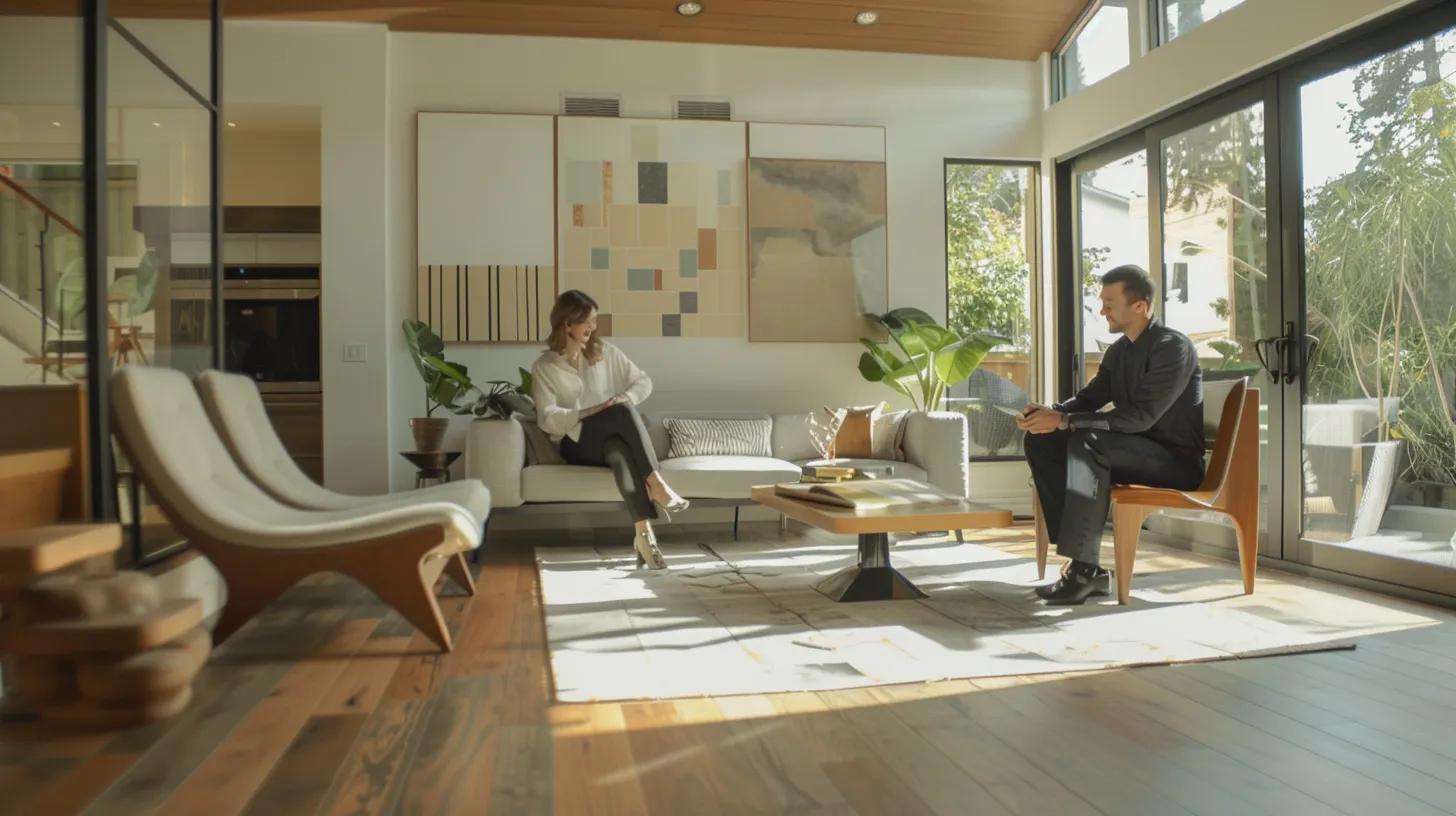
Getting started begins with finding a reputable local contractor who specializes in tile work. Once you have a short list of candidates, schedule an initial visit so they can evaluate your home’s layout and subfloor condition. During this meeting, you’ll discuss your style preferences and review physical samples of tile, grout, and trim. The contractor will take precise measurements and note any challenges—such as uneven surfaces or tight corners—that could affect the project. By the end of this consultation, you should have a clear understanding of material choices, installation methods, and a preliminary, itemized estimate.
What to Expect During a Tile Flooring Consultation
A thorough consultation covers both design and technical details. Your installer will inspect the existing floor and identify any repairs or leveling work required before tile can be laid. You’ll explore options for tile size, shape, finish, and layout patterns, weighing factors like room scale and lighting. The contractor will explain each phase of the process—demolition of old flooring, subfloor preparation, tile setting, grouting, and sealing—along with an estimated timeline for completion. A transparent quote will break down costs for materials, labor, and any additional services, giving you confidence that there are no hidden fees.
How to Choose the Right Tile Installer in Atlanta
Selecting the right professional involves more than price comparison. Look for contractors with a proven track record of completed projects in Atlanta neighborhoods similar to yours. Ask for references or visit recently finished jobs to see workmanship up close. Verify that the installer holds the necessary state licenses and carries liability insurance to protect your property. Pay attention to communication style during the initial meetings—an installer who listens carefully to your goals and explains options clearly is more likely to deliver the results you want. A detailed proposal that outlines each step and responsible parties sets the stage for a smooth working relationship.
What Are the Typical Project Timelines for Tile Installation?
Project duration depends on room size, tile type, and subfloor condition. A small bathroom or powder room can often be completed in three to five days, including drying time for adhesives and grout. Medium- to large-sized kitchens or living areas generally require five to seven days to ensure each stage cures properly. If extensive demolition or leveling is needed, add another one or two days for subfloor repairs. Your contractor should provide a phase-by-phase schedule, indicating when furniture removal, demolition, and final walkthrough will occur. Clear communication about site access and daily start times helps keep the project on track and minimizes disruptions to your routine.
Frequently Asked Questions
Q: What makes tile flooring a preferred option for Atlanta homes? A: Tile flooring is favored for its exceptional durability, low maintenance, moisture resistance, and versatile design. Its thermal mass helps regulate indoor temperatures, and it meets strict local building codes, making it an attractive option for home value enhancement.
Q: How often should I have my tile floors professionally maintained? A: It is recommended to schedule a professional maintenance inspection every two to three years. Regular upkeep helps detect early signs of wear, ensures proper resealing of natural stone, and keeps grout in good condition.
Q: Are porcelain tiles worth the extra cost compared to ceramic tiles? A: Yes, porcelain tiles offer greater durability and resistance to moisture due to their dense composition. Although their upfront cost is higher, they perform better in high-moisture and high-traffic areas, which can reduce long-term maintenance costs.
Q: Can tile flooring installation increase my home’s value? A: Absolutely. Quality tile flooring boosts aesthetic appeal and durability, which are key factors in raising property value. Potential buyers appreciate the low maintenance and modern look, leading to a stronger market presence.
Q: What are some common maintenance tips for keeping tile floors in top condition? A: Regular sweeping or dry dusting, mopping with a pH-neutral detergent, and periodic deep cleaning of grout lines are essential. For natural stone, use specialized cleaners and reseal periodically. Promptly clean up spills to prevent staining.
Q: How do I choose the best tile installer in Atlanta? A: Look for installers with extensive local experience, strong customer reviews, proper licensing, and insurance. Request detailed quotes, check portfolios, and ask for references to ensure quality workmanship and reliable service.
Q: What should I expect during the tile installation process? A: You can expect a thorough consultation to assess the subfloor, selection of quality materials, precise layout planning, professional adhesive and grout application, and a curing period. Clear communication throughout ensures that the installation meets industry standards and local building codes.
Final Thoughts
Choosing tile flooring for your Atlanta home means embracing durability, style, and easy maintenance—all while adding lasting value to your property. Whether you’re renovating a kitchen, bathroom, or living area, tile offers endless design possibilities and the resilience to withstand daily wear and tear. When you’re ready to give your floors the upgrade they deserve, trust the professionals at Restor-It, Inc. to deliver flawless flooring installation and exceptional service. Call us today at (678) 355-6645 or fill out our form online for a free quote, and let’s bring your vision to life.



